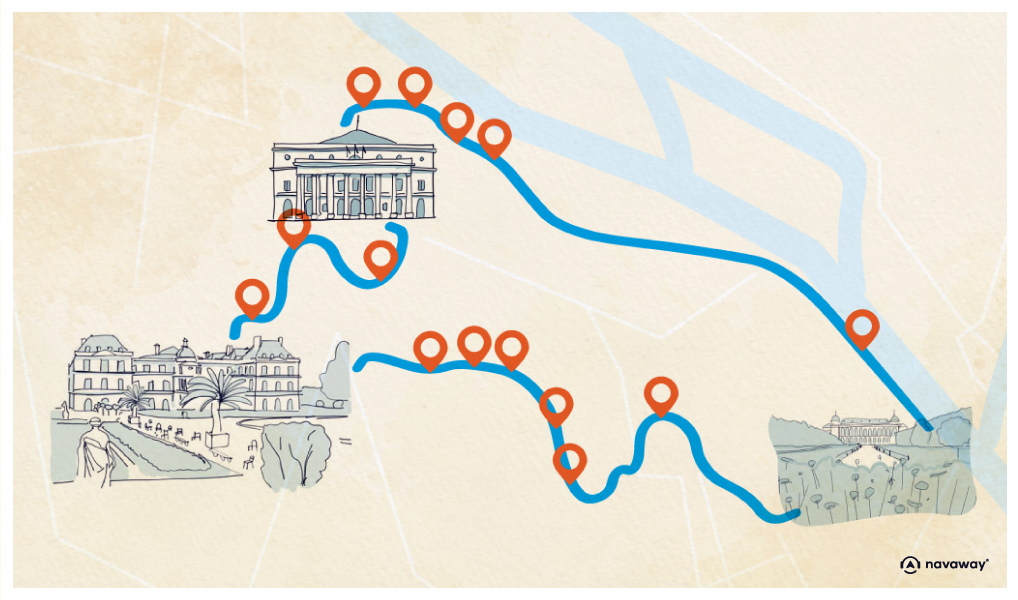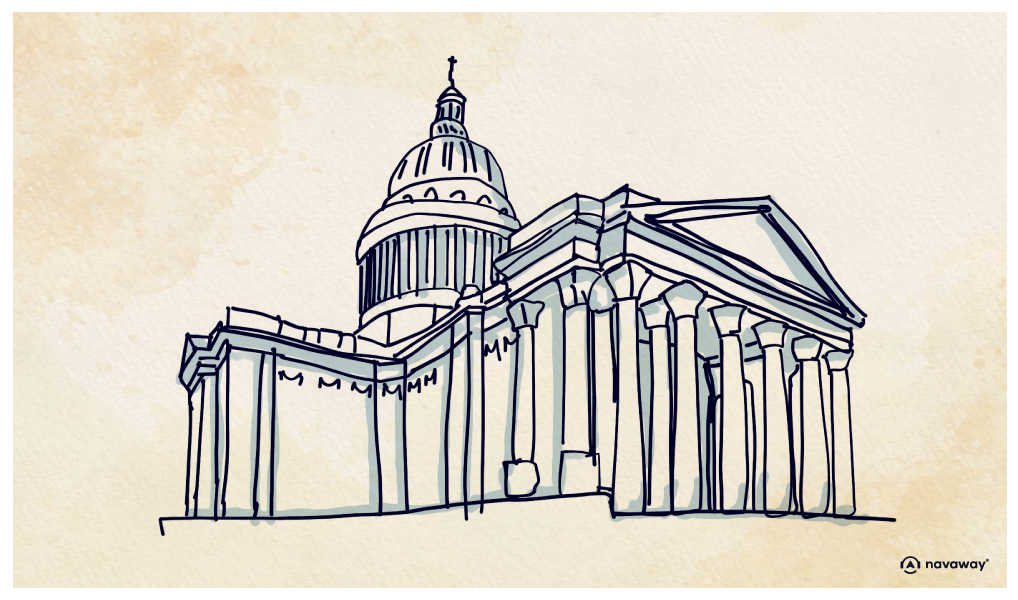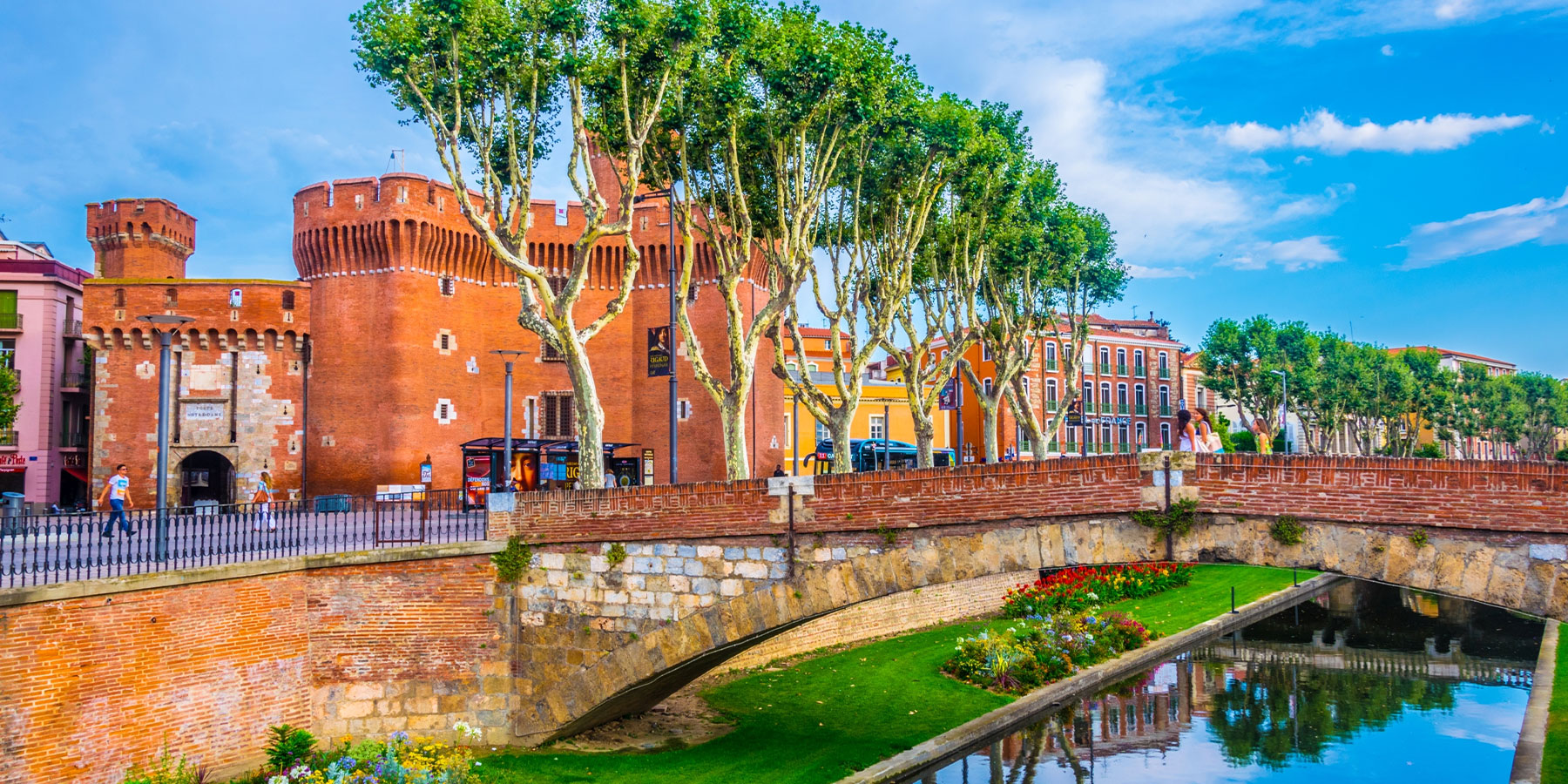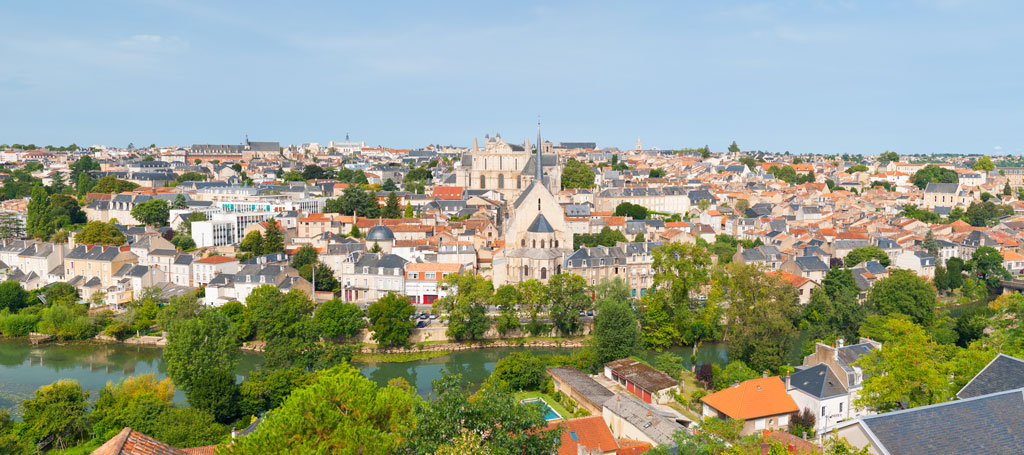
The Panthéon

This point of interest is available as audio on the tour: Visit Paris, Sorbonne University, Pantheon and Luxembourg Gardens
The impressive monument before you is none other than the Pantheon! In 1744, when Louis XV was gravely ill, he vowed to rebuild the Church of Sainte-Geneviève if he ever recovered. She was Parisians’ favorite saint at the time, and her relics would be housed in this new church. The king miraculously recovered and kept his promise. He ordered the construction of a massive church, financed by a series of lotteries, and hired a young architect, Jacques-Germain Soufflot, to spearhead the project. Inspired by Roman architecture, he aspired to create something even greater than what he had seen in London. He designed a domed church in the shape of a Greek cross, that is, with four short naves of equal width and length. You can’t see it from here, but he built 3 domes one on top of the other, making the Pantheon the tallest monument in Paris until the construction of the Eiffel Tower in 1889. He drew on several architectural styles and built a temple that masterfully combines Gothic, Byzantine, Classical and, above all, Greco-Roman elements, featuring a columned peristyle and triangular pediment. Sadly, Soufflot didn’t live to see it finished. He died in 1780, 10 years before its completion, leaving his pupil Rondelet to finish his work. The church was not yet consecrated when the French Revolution broke out. In 1791, following the death of Mirabeau—a prominent revolutionary figure and advocate for constitutional monarchy—plans were made to gather the tombs of France’s greatest men under one roof. The Sainte-Geneviève Church was thus repurposed. The frescoes and crosses were removed, the two bell towers were never built, and the famous inscription, “To great men from a grateful nation,” was etched on the pediment. Mirabeau was the first man to be buried in the Panthéon. But he was also the first to be kicked out, when they discovered his secret ties with the monarchy. The Panthéon was returned to the Catholics several times throughout the 19th century, sometimes housing the tombs of national heroes, and others being entirely dedicated to Saint Geneviève. Yet again, another man’s death was to forever alter the Pantheon’s destiny – that of Victor Hugo, a towering figure in French literature and society. Ever since Charles de Gaulle, it’s been the French President who chooses who’s to be buried in the Pantheon. It is not the relics or the presence of a body that counts. In some cases, the tombs are empty, or the ashes are of questionable origin, as with resistance fighter Jean Moulin. It’s all about the symbolism. We’re honoring the lives, struggles, values and achievements of great men and women to whom we owe so much today. Now is the time to think back on them. From the ideas of Voltaire and Rousseau, to the thought-provoking novels of Zola, the brilliant invention of Louis Braille —the tactile writing system for the blind—(who’s ironically buried without his hands) and the groundbreaking discoveries of Marie Curie, two-time Nobel Prize winner and the first woman to be buried in the Panthéon because of her achievements rather than to accompany her husband. And how could we forget René Cassin, Nobel Peace Prize winner who helped draft the Declaration of Human Rights, Simone Veil and her fight for women’s rights, and most recently Maurice Gennevois, poet and World War I veteran, and Joséphine Baker, artist, resistance fighter and feminist anti-racist activist? And the list goes on. The Tomb of the Unknown Soldier was also to have been placed in the Panthéon, but in the end they chose the Arc de Triomphe for its military symbolism. Admission to the Panthéon is subject to a fee, but it’s well worth it. You can choose to join a themed guided tour or explore the monument on your own. You’ll also have access to the crypt, home to famous tombs and the French Constitution. Foucault’s Pendulum is yet another must-see at the Panthéon; it shows the earth spinning in real time! First conducted in 1851, this experiment is a sight to behold, for as Marie Curie so aptly put it: “Nothing in life is to be feared; it is only to be understood.”

Discover other tours to visit Paris

Discover Paris with app
An interactive guide through the most beautiful streets, squares, and districts
18 fun audioguides full of historical facts, anecdotes, and legends






Comments